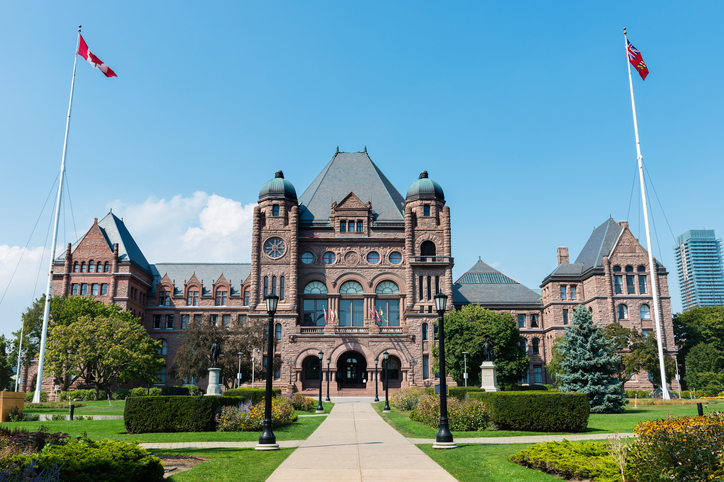In 2016, the Government of Ontario signed on as one of the first wave of members of the Open Government Partnership’s subnational government pilot program. In joining the plan, Ontario submitted an Open Government Partnership Action Plan that included a commitment to “strengthen Ontario’s commitment to making government data open by default by adopting the International Open Data Charter.” Ontario formally adopted the Charter on May 5, 2017.
Ontario seems to be making good on its open data commitment.
Participants in the consultations conducted in developing the OGP commitments recently received an update from the province which indicated, in part,
“… Ontario’s data catalogue now includes a comprehensive list of data owned or managed by government, including over 570 open datasets. The catalogue lists data as either open, restricted, under review or in the process of being made open.
“Knowing what we have is the first step in understanding which data is the most valuable to our stakeholders and the public. Our data catalogue will help us prioritize which data sets to release first.
“We will continue to expand the data inventory to make all government data open by default. This means opening up all government data, unless it is exempt for legal, security, confidentiality, privacy, or commercially sensitive reasons.
…
“Provincial agencies are also posting lists of their datasets online. Over 95 agencies have their data listed on their websites, and some have begun taking further steps to engage users of their data.”
Ontario’s Data Catalogue
Ontario’s data is available at the Province’s online Data Catalogue. Data sets are classified as open, in the process of being opened, under review or restricted.
As of the date of writing this, the Catalogue lists 2351 data sets. Of these:
- 576 are open;
- 198 are to be opened;
- 1008 are under review; and
- 569 are restricted.
That means that, at the time of writing, just under one in four of the data sets in the catalogue are restricted. The catalogue gives no explanation for the restricted categorization of these data sets. I have sent the government and email query re the criteria used to assign the restricted category to a data set and I will update this posted when I receive a response.
A good start
So, that’s the not-so-good news. But I believe that the commitment to open by default, backed up by the 576 data sets that already have been opened as well as the transparency achieved by publishing the catalogue represents a huge advance. It means that citizens will have easy access to much more information than they could have achieved even a few years ago. And with data comes knowledge and understanding. Knowledge and understanding that can be used by citizens to increase their engagement with government.
So, kudos to Ontario. Kudos to the Open Government Partnership. So far, so good.

